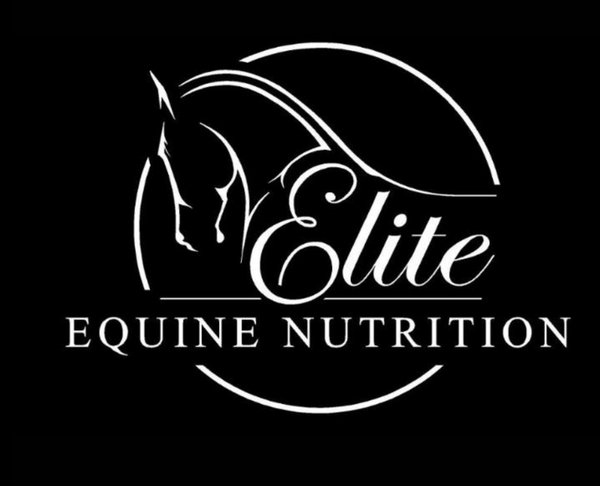Feeding Horses Through Victoria’s driest Winter 🌞

Victoria is seeing one of its warmest, driest seasons on record. Temperatures are sitting more than a degree above average, cold fronts aren’t bringing the rain we normally count on, and many regions are reporting their lowest winter rainfall since 2006.
The outcome? Bare paddocks, hay is rare and prices going through the roof, and that constant stress about how to keep horses fed, healthy, and happy. When grass is scarce and hay is hard to find, the answer isn’t just feeding more — it’s feeding smarter.
Here’s how to stretch your hay, keep your horses in top condition, and avoid gut issues this season!
👇👇👇👇👇👇👇👇👇👇👇👇👇👇
🌾 Fibre First — Always!
Horses need fibre to survive, not just to “fill up.” It keeps their gut moving, supports healthy bacteria, and helps prevent ulcers and colic.
👉Aim to feed 1.5–2% of your horse’s body weight in forage each day (about 7.5–10kg for a 500kg horse).
👉Dropping below this can quickly cause weight loss, gut problems, and serious health risks.
👉If hay is short, swap part of the ration for safe fibre sources (see below).
🌾 Get Creative With Fibre Sources
Hay isn’t the only way to get fibre in:
👉Chaff (teff, lucerne, or blends) — Clean, chopped fibre that’s easy to measure and mix.
👉Hay cubes or pellets — Soak before feeding to avoid choke and to add extra hydration.
👉Beet pulp or soybean hulls — Soaked, soft, highly digestible fibre that adds safe calories.
👉 feeds with built-in fibre — A good backup option - just make sure they’re low in sugar and starch.
**Always introduce new feeds gradually (14–21 days) to keep their gut happy**
🌾 Make Every Bale Go Further
With prices soaring, every strand of hay counts:
👉Use slow-feed nets or feeders — they can reduce waste by up to 30%.
👉Feed in smaller, more frequent portions instead of putting out a whole bale at once.
👉One of the best ways to make your hay last (and keep your horse’s gut happy) is by feeding a variety of hays together. Mixing small amounts of different types — like lucerne, teff, rhodes and pasture — not only helps balance nutrition but also keeps horses more interested in their feed.
👉Store hay properly (off the ground, dry, and covered) to stop mould and spoilage!
🌾 Hydration 💦 = Happy Gut
Dry diets can lead to impaction colic, so water matters more than ever:
👉Check and top up troughs daily — fresh, clean water only.
👉Offer lukewarm water in cooler weather to encourage drinking.
👉Soak feeds like hay cubes, beet pulp, and chaff for extra moisture.
👉Use electrolytes to boost water intake
🌾 Watch Their Weight (Closely)
With feed changes and scarce pasture, horses can gain or lose weight fast!!!
👉Check their body condition weekly — feel for ribs, watch their topline, and check fat pads.
👉Make gradual feed tweaks to avoid gut upset.
👉Look for red flags like dull coats, odd manure, or behaviour changes (these can signal ulcers or nutritional gaps)
🌾 Beat Boredom
Keeping horses mentally engaged is just as important as feeding them well — especially when paddocks are bare.
👉 Tossing soaked hay cubes or beet pulp nuggets around the paddock so they walk, sniff, and “forage” naturally, mimicking how they’d graze in pasture.
👉Hanging nets at different heights (low, mid, and high) to encourage stretching and movement.
Everyone is waiting for fresh hay to hit the market. But with how dry and warm this winter has been, there’s a good chance the “next cut” won’t be the big relief we’re all hoping for. Many growers are warning that cut will be light, quality may vary, and prices are likely to stay high!
That’s why now, more than ever, it’s important to feed smarter, stretch every bale, and start planning ahead. Building a balanced diet with alternative fibre sources (like quality chaff, hay cubes, beet pulp, and pellets) can help keep your horses healthy — and your hay supply lasting — until conditions improve.
Just because it’s raining in some areas right now doesn’t mean the drought is over — we need months of steady, soaking rain to grow hay and bring paddocks back to life.
